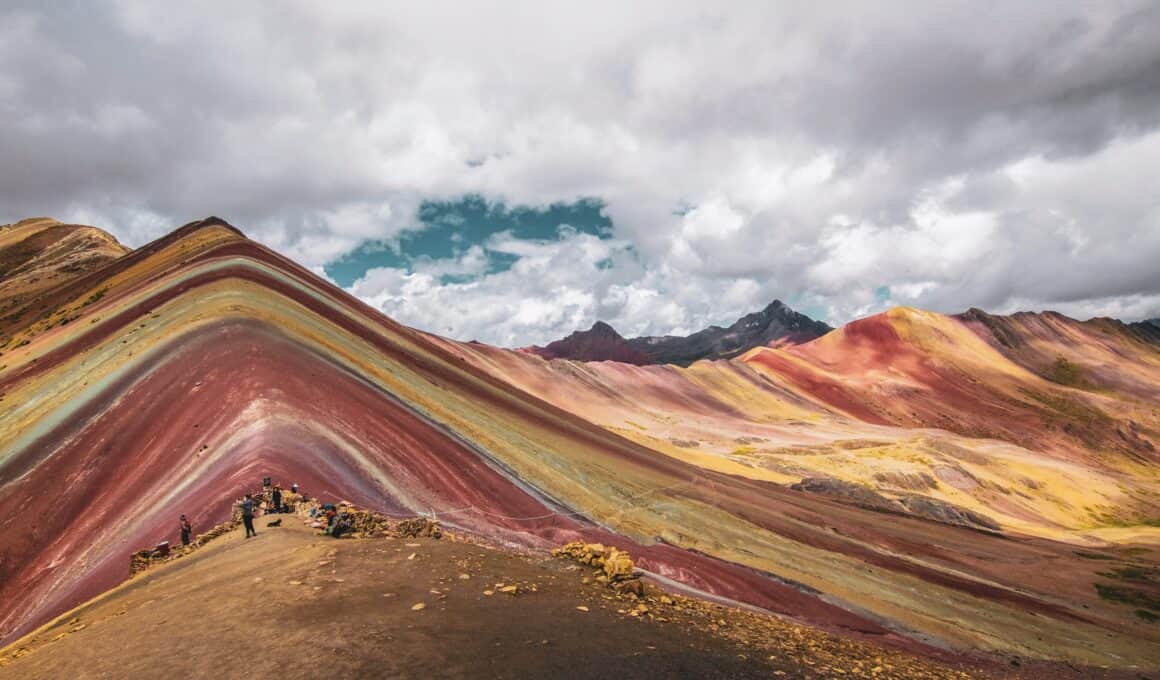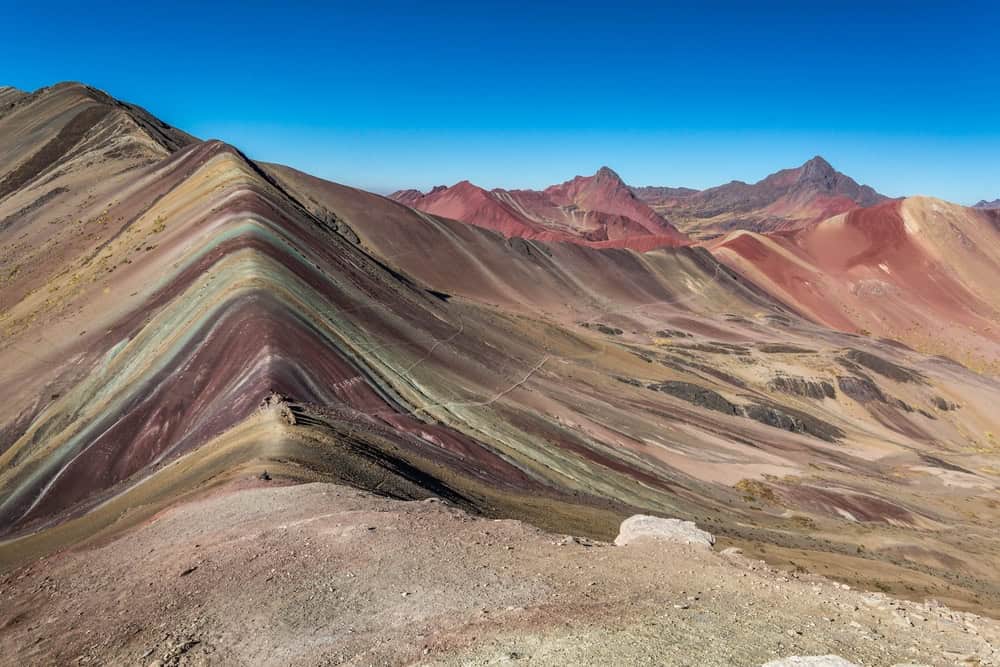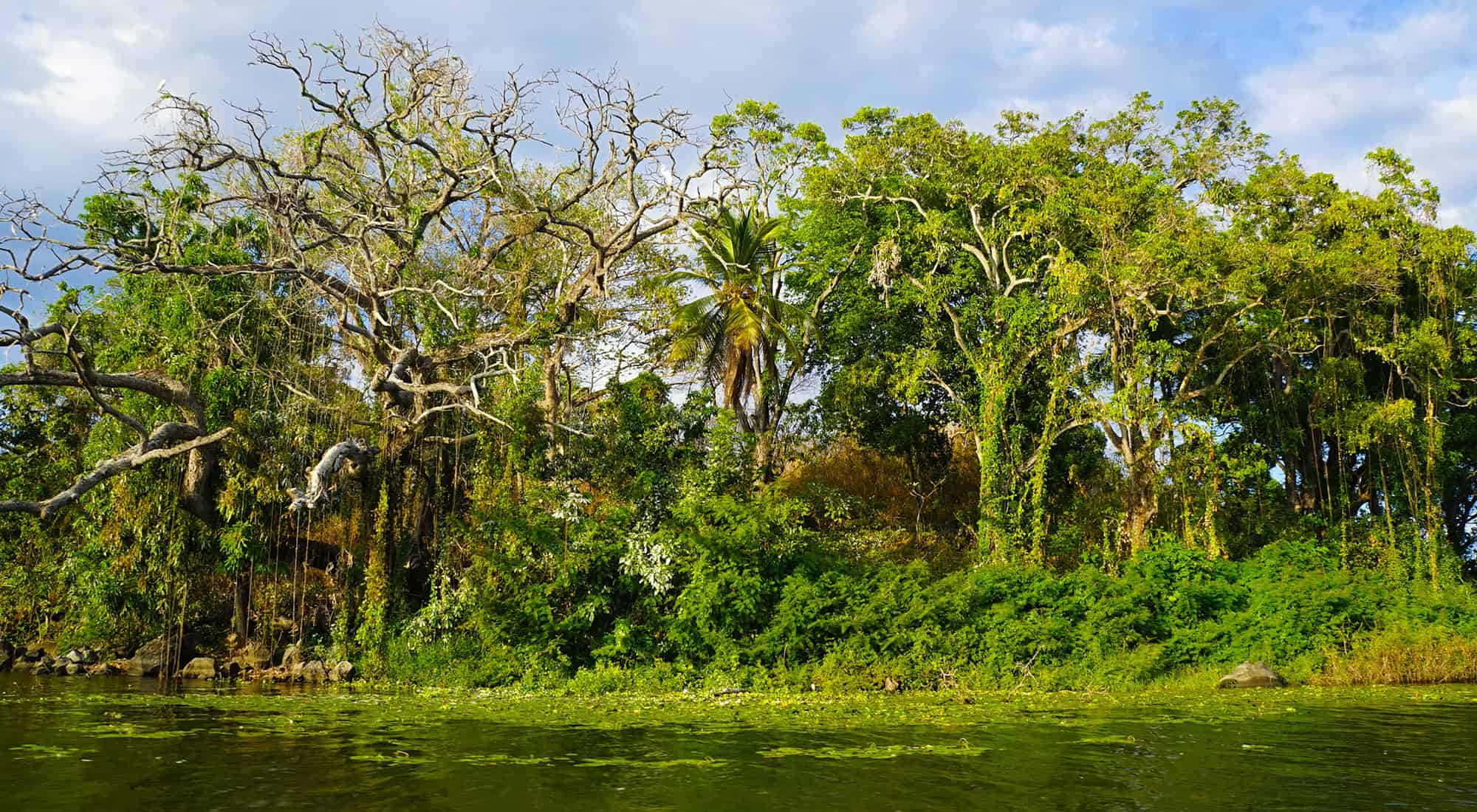The lofty land of the Incas isn’t just a trekking paradise – there’s an array of active adventures to thrill across its peaks, rivers, canyons and coast.

Mountain biking
With its amazing diversity of trails, tracks and rough roads, Peru is surely one of the last great mountain-bike destinations yet to be fully discovered. Whether you are interested in a two-day downhill blast from the Andes to the Amazon jungle or an extended off-road journey, then Peru has some of the world’s best biking opportunities. The problem is finding the routes, as trail maps are virtually non-existent and main roads are often congested with traffic and far from fun to travel. A few specialist agencies run by dedicated mountain bikers offer single tracks and dirt roads that criss-cross the Andes, putting together exciting routes to suit every type of cyclist. Useful contacts include Amazonas Explorer (www.amazonas-explorer.com); Beinhart Peru ([email protected]); Mountain Bike Adventures (www.chakinaniperu.com) and Perú Bike (www.perubike.com). When signing up for a mountain-bike trip, remember that you are in the Andes so if you are worried about your fitness and the altitude, make sure you do a predominantly downhill trip.
Some companies offer imported high-quality, full-suspension mountain bikes with hydraulic disc brakes; others are less flash. Whatever the original quality of the bike, check that it has been properly and regularly maintained and that the guide gives you a full explanation of how to ride it properly. Poorly maintained bikes can be dangerous, and you may have very little come back after an accident, especially if booking and paying from overseas.
Trips should have a support vehicle for the duration, not just to drop you off and meet you at the end. Guides should carry a first aid kit and a puncture repair kit at the very least (a comprehensive tool kit is preferable); they should also be knowledgeable about bike mechanics. Bikes do go wrong, punctures are frequent and people do fall off, so it is essential that your guide provides this minimum cover.

Kayaking
Peru offers outstanding whitewater kayaking for all standards of paddlers from novice to expert. Some first descents remain untested owing to logistical difficulties, though they are slowly being ticked off by a dedicated crew of local and internationally renowned kayakers. For the holiday paddler, it’s probably best to join up with a rafting company (listed in the What to do sections throughout the book), who will carry your gear (plus any non-paddling companions) and provide you with food and camping gear while you enjoy the river from an unladen kayak. There is a small selection of kayaks available in Peru for hire from about US$25-35 a day. For complete novices, some companies offer two- to three-day kayak courses on the Urubamba and Apurímac rivers that can be booked locally. Kayaking is also offered on Lake Titicaca. For expedition paddlers, bringing your own kayak is the best option, though it is becoming increasingly expensive to fly with your boats around Peru. Knowledge of Spanish is indispensable in off-the- beaten-path locations.

Diving
Diving off the Paracas Peninsula is rewarding, as is the warmer tropical ocean with larger fish off Tumbes. It is also practised in the Bahía de Pucusana. The best season for visibility is March to November because the rivers from the mountains don’t deposit silt into the sea at this time. Operators are listed in the What to do sections throughout the book; the website www.perudivers.com is a good place to start. If you plan to dive make sure that you are fit to do so. The British Sub-Aqua Club (BSAC, www.bsac.com) can put you in touch with doctors who will carry out medical examinations. Check that any dive companies you use are reputable and have the appropriate certification from the Professional Association of Diving Instructors (PADI, www.padi.com), which has offices and centres worldwide.

Surfing
Peru is a top, internationally renowned surfing destination. Its main draws are the variety of waves and the year-round action. Point breaks, left and right reef breaks and waves of up to 6 m can all be found from September to February in the north and from March to December in the south, though May is often ideal south of Lima.
Ocean swells are affected by two currents: the warm El Niño in the north and the cold Humboldt current in the south arriving from Antarctica. Pimentel, near Chiclayo, is the dividing point between these two effects, but a wet suit is normally required anywhere south of Piura.
The biggest wave is at Pico Alto (sometimes 6 m in May), south of Lima, and the largest break is 800 m at Chicama, near Trujillo. There are more than 30 top surfing beaches. North of Lima these include: Chicama, Pacasmayo, Punta Tur, Punta Nonura, El Golf, Cabo Blanco, Los Organos and Máncora (all left break). South of Lima the best beaches are: Punta Hermosa, Punta Rocas (right break) and Pico Alto (right break, best in May), the pick of the bunch. Huaico/Santa Rosa (left break), Cabo Negro (left break), Sangallán (right break); El Olón and Piedras Negras (left breaks) and Caleta La Cruz (right break), are all near Ilo. International competitions are held at Pico Alto (Balin Open in May) and Punta Rocas (during the summer months). For further information, contact Federación Deportiva Nacional de Tabla (Fenta; https://fenta.pe); Olas Peru Surf Travel (www.olasperusurftravel.com and www.olasperu.com) and Peru Surf Guides (www.perusurfguides.com). A surfing magazine, Tablista, is published bimonthly. Also look out for the free X3Mag.

Parapenting and hang-gliding
Vuelo libre is its name in Peru. Flying from the coastal cliffs is easy and the thermals are good. The Callejón de Huaylas is more risky owing to variable thermals, crosswinds and a lack of good landing sites, but there is a strong allure to flying at 6000 m in front of the glaciers of Huascarán. The area with the greatest potential is the Sacred Valley of Cuzco, which has excellent launch sites, thermals and reasonable landing sites. The season in the sierra is May to October, with the best months being August and September. Some flights in Peru have exceeded 6500 m.
While the attraction of parapenting or hang-gliding in the sierras is very great, with mountains on all sides and steep valleys below, most pilots are to be found in Lima. Arranging a tandem jump or a course is easy: just go to Parque del Amor in Miraflores in the afternoon and see who is hanging around waiting for the thermals and the breeze. Jumping off the cliff gives a completely different perspective on the city as you fly above the Pacific breakers and the traffic on the coastal highway, with a pelican’s view of the blocks of flats and offices. There are other launch sites on the coast south of Lima, in the Callejón de Huaylas, Arequipa, the central highlands and in the Cuzco region.
Operators in Lima include Aeroxtreme (www.aeroxtreme.com), Fly Adventure (www.flyadventure.net), Infinity (www.infinitycross.com) and Peru Fly (www.perufly.com).

Rafting
Peru is a premier destination for whitewater rafting. Several of its rivers are rated in the world’s top 10 and a rafting trip, be it for one or 10 days, is now high on any adventurer’s ’must-do’ list of activities while travelling in Peru. It is not just the adrenalin rush of big rapids that attract, it is the whole experience of accessing areas beyond the reach of motor vehicles that few if any have ever visited. This may be tackling sheer-sided, mile- deep canyons, travelling silently through pristine rainforest, or canoeing across the stark altiplano, high in the Andes.
If you are looking to join a rafting expedition of some length, then it is definitely worth signing up before arriving in Peru. Some long expeditions have fewer than two or three scheduled departures a year and the companies that offer them only accept bookings well in advance. For the popular day trips and expeditions on the Apurímac there are regular departures (the latter in the dry season only). If you can spare a couple of days to wait for a departure then it is fine to book in Cuzco. It also gives you the chance to talk to the company that will be operating your tour. There are day-trip departures all year and frequent multi-day departures in the high season. Note that the difficulty of the sections changes between the dry and rainy season; some become extremely difficult or impassable in the rainy season (December-March). The dry season is April/May to September (but can be as late as November).











